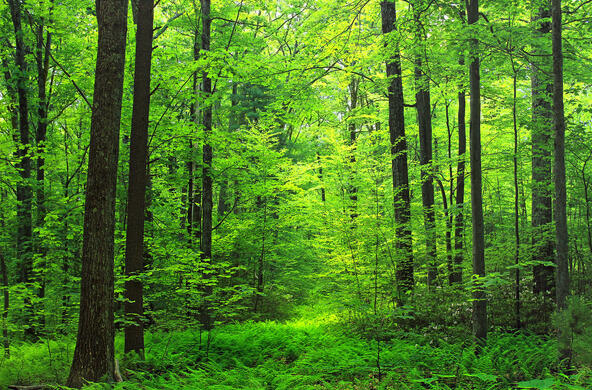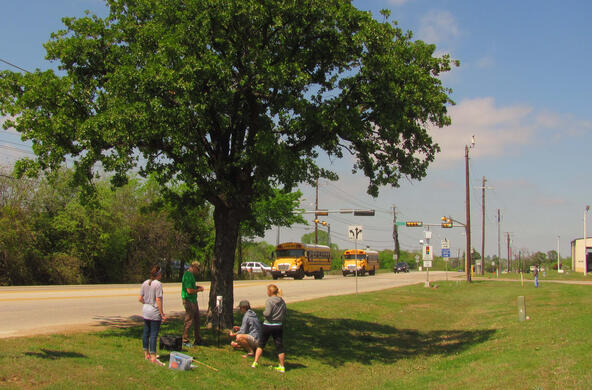This land where I travel once fashion with beauty now stands with scars on her face
The wide open spaces are closin’ in quickly from the ways of the whole human race
Willie Nelson, Slow Movin’ Outlaw, 2001
What form of mining causes the greatest disruption of the Earth’s surface? In the Eastern U.S., many people will respond: coal mining. In the Western U.S., the responses may vary, but mines for copper and other metals are likely to top the list. Extracting materials for industry often leaves big, obvious holes on the landscape and concentrates metals in buildings and automobiles in world’s urban areas. The human search and extraction of aluminum, iron, copper, zinc, silver, vanadium, and other metals greatly exceeds the natural exposure of these metals at the Earth’s surface.
When we focus on industrial metals and coal, we overlook an even greater removal of material from the Earth’s crust—sand, gravel, and what is widely known as aggregate. These materials are used in cement and concrete to build roads and buildings. The production of cement requires a source of limestone (calcium carbonate), but most of these materials are extracted without much regard to their mineralogy.
If we add the erosion of agricultural soils to the total amount of materials used in construction, we find that humans mobilize about 35 billion tons of material from the Earth’s crust each year. These materials are transported long distances. Other long-distance transport by humans includes the transport of goods by maritime shipping (2.5 billion tons/year) and freight transport in trucks (7.1 billion tons/year). The total movement of stuff by human activity greatly exceeds the natural or background transport of sediment to the oceans via the world’s rivers—about 13 billion tons/year—some of which is now also derived from human activities.
Other human activities that disrupt the Earth’s surface move the materials shorter distances. About a trillion tons of soil are turned over or cultivated with plows each year on 6 million square miles of land. This disturbance of soil by humans vastly exceeds that from the collective activity of other Earth-moving animals—such as badgers, gophers, ants and worms, which engage in short-distance transport. All told, there is no doubt that humans are the largest force shaping the surface of the Earth today.
The collective movement of materials by humans and the enhanced transport of sediments in rivers degrade soil health, both for our own food production and for the persistence of the other species that share our planet. About one-third of land that has been used for agriculture now is now abandoned—unproductive for cultivation. These scars on the Earth’s surface will be difficult to heal in the face of rapidly increasing human population and its resource demand. The Earth is not getting any larger and increasingly no one seems to care about the long-term impacts of the human species on soil health.
References
Haff, P.K. 2010. Hillslopes, rivers, plows, and trucks: Mass transport on Earth’s surface by natural and technological processes. Earth Surface Processes and Landforms 35: 1157-1166.
Hooke, R.L. 2000. On the history of humans as geomorphic agents. Geology 28: 843-846.
Janzen, H.H., P. Fixen, A.J. Franzluebbers, J. Hattey, R.C. Izaurralde, Q.M. Ketterings, D.A. Lobb, and W.H. Schlesinger. 2011. Global prospects rooted in soil science. Soil Science Society of America Journal 75(1):1-8.
Reiners, W.A. and K.L. Driese. 2004. Transport Processes in Nature. Cambridge University Press.
Sen, I.S. and B. Peucker-Ehrenbrink. 2012. Anthropogenic disturbance of element cycles at the Earth’s surface. Environmental Science and Technology 46:8601–8609.
Syvitski, J.P.M., C.J. Vörösmarty, A.J. Kettner, and P Green. 2005. Impact of humans on the flux of terrestrial sediment to the global coastal ocean. Science 308:376–380.
Wilkinson, B.H. and B.J. McElroy. 2007. The impact of humans on continental erosion and sedimentation. Geological Society of America Bulletin 119: 140-156.







